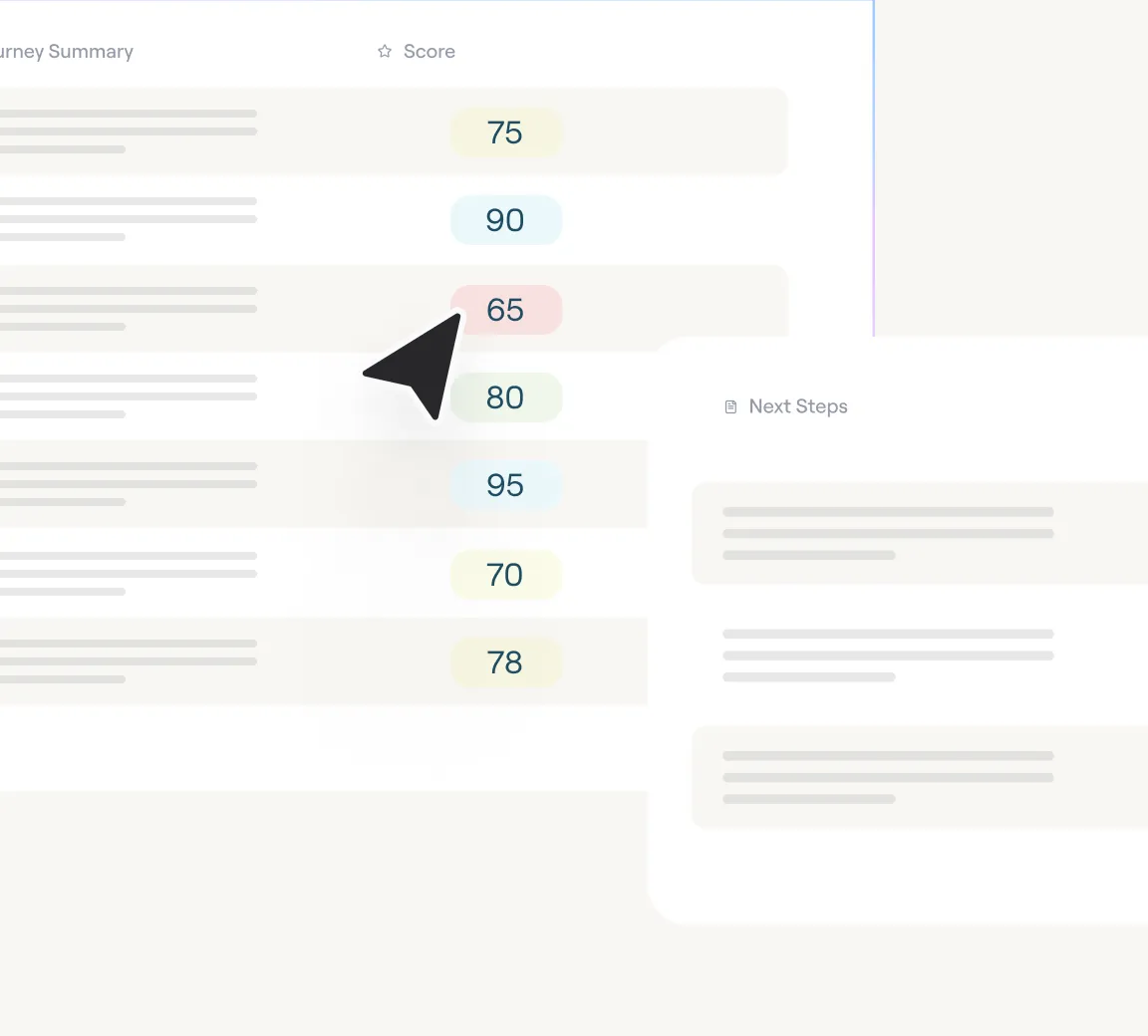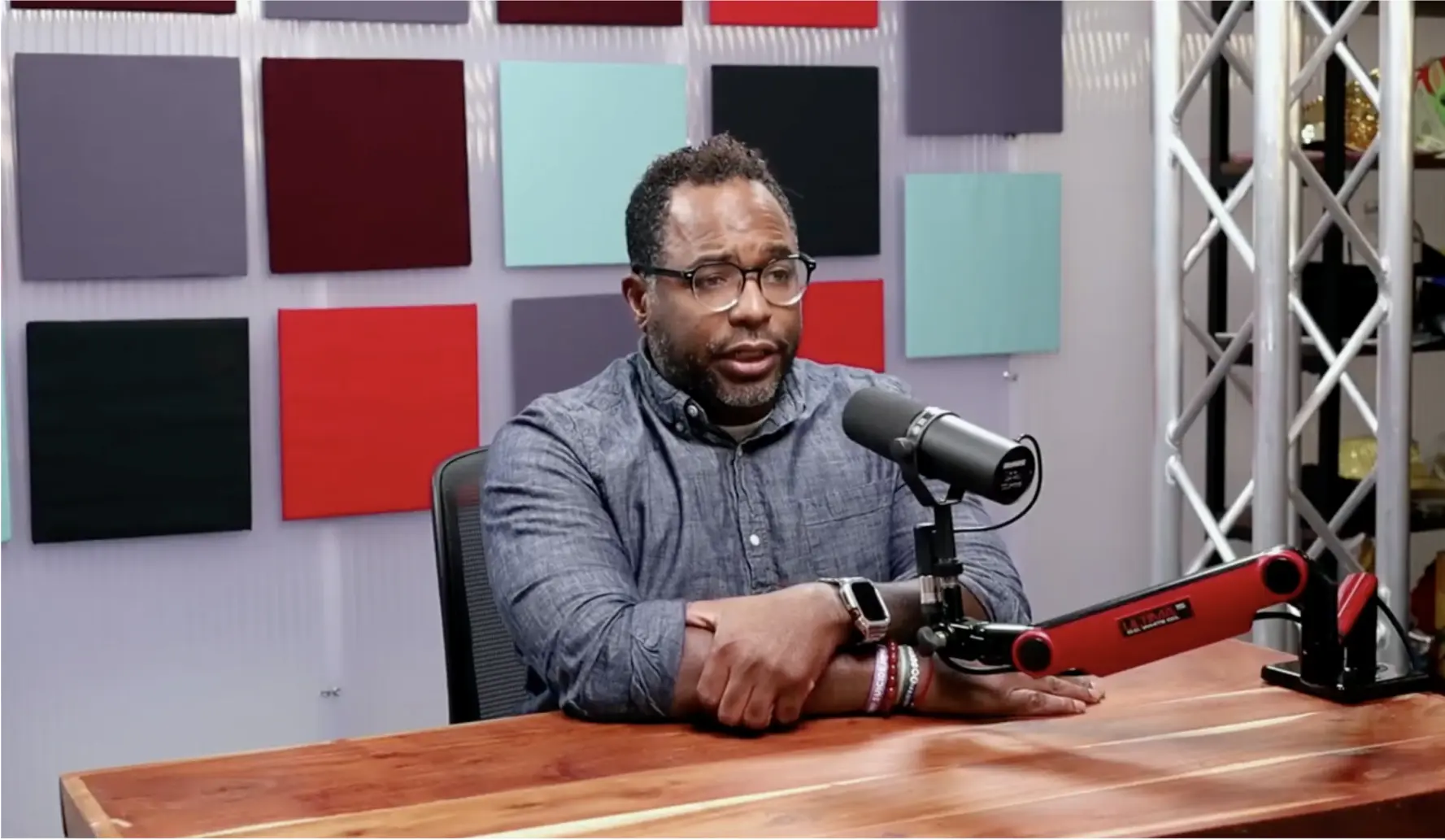AI Agents For
Marketing Reporting and Account Intelligence
HockeyStack's Al Agents help you identify marketing touchpoints that drive sales, prioritize the right accounts, and automate account research and outreach based on signals.
Marketing Reporting
Account Intelligence

Others stop at conversion. We show you how to scale.
Learn why your prospects convert and double down on what’s working within 3 weeks.
Kick off by connecting your website and data sources.
Pull up a pre-built dashboard and see the performance of any asset, channel, and campaign within 24 hours after data integrations.
Ready, Set, Go: Craft custom reports like a pro.
Lean on Odin—your AI analyst—to serve up account and reporting insights, and build your first custom dashboard to quickly answer your day-to-day questions.
Scale: Loop in your teammates for your first Workflow
HockeyStack is officially launched! Build your first AI workflow – sales and marketing alignment has never looked better.
Now, all your GTM data is flowing through HockeyStack.
Your GTM data is live in HockeyStack. You’re tracking conversions, and SDRs have eyes on top accounts. We’ll stay close to keep adoption seamless.
Frequently asked questions
Our implementation is self-serve. You can integrate all your data sources and historical data in a few steps. Out-of-the-box dashboards are ready to use immediately after the data ingestion. All customers see value within the first 30 days.
You need to have a marketing operations / revenue operations resource to implement HockeyStack efficiently, but HockeyStack doesn't require any coding, and all functionality is self-serve.
HockeyStack integrates with leading CRM, ABM, Marketing Automation, and advertising platforms. Learn more about our integrations.
HockeyStack helps you create and capture more pipeline by showing you the holistic funnel and buyer journey instead of just department-level analytics. It is fully customizable and is the only tool that allows you to build any report you need without any code. Learn more about what makes us different.
Analytics platforms usually use cookies to track users. Use of cookies has recently come under scrutiny by privacy legislators, and have been severely restricted.
Everything you see here works without cookies by default. You still have the option to switch to cookie-based tracking. Read our article on our cookieless tracking technology to learn more.
We store your data on AWS servers in Frankfurt, Germany. We don't collect any personal information by default, including IP addresses. We follow GDPR and CCPA regulations. Read our privacy policy to learn more.




















































































